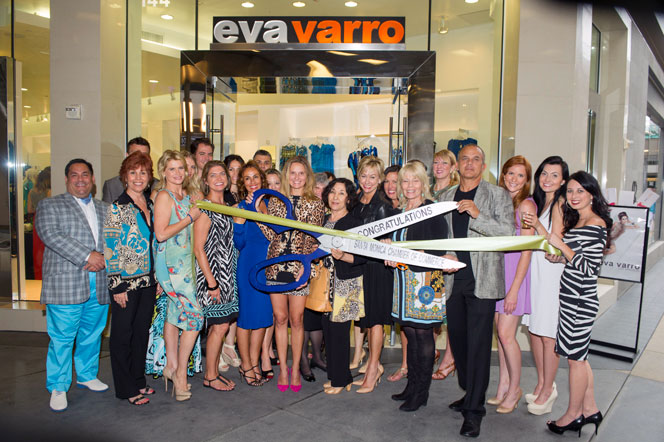Randy Newman’s “I Love L.A.” echoed through Los Angeles City Hall on Tuesday, as members of the City Council voted 11-1 to finalize the ban on single-use plastic bags in L.A.
We did it!
And by “we,” we mean the countless number of Angelenos who helped make this day possible.
First, Heal the Bay sincerely thanks Councilmember Paul Koretz and his staff, who logged years forging a plastic-bag-free path, first in Sacramento as an assembly member and then here in L.A. as a member of the city council. Koretz authored the bag ban proposal, which will take effect in January 2014.
 Among the highlights of Tuesday’s meeting was hearing Koretz debunk claims by the plastic industry “which has put out so much misinformation” about reusable bags. (Watch video from the hearing. We recommend dragging your cursor to 02:52:30.)
Among the highlights of Tuesday’s meeting was hearing Koretz debunk claims by the plastic industry “which has put out so much misinformation” about reusable bags. (Watch video from the hearing. We recommend dragging your cursor to 02:52:30.)
We are also grateful to Councilmember José Huizar and his staff, who as chair of the Energy and Environment Committee, recommended that the full council approve the ban. In his statement before the council, Huizar movingly spoke about taking on plastic bags after noticing how many of them were stuck in the trees along the San Gabriel river while on a bike ride with his kids.
“We’ve seen plastic bags clogging our gutters, polluting our rivers and piling up on our beaches,” Huizar said. “The time for the City of Los Angeles to take action to protect our environment is now. And every big city in the nation can follow our lead.”
We would also like to thank every councilmember who voted for this important piece of environmental legislation, as well as
Eric Garcetti who was a staunch supporter of the ban for many years.
The victory at City Hall was a true team effort. The City of LA couldn’t have gone plastic bag free without the invaluable support of dozens of organizations and individuals, including the Surfrider Foundation, the Sierra Club, Seventh Generation Advisors, Environment California, Green Vets, Earthwise Bags, Urban Semillas, Mujeres de la Tierra, NRDC, Echo Park TAP, 5 Gyres, Plastic Pollution Coalition, Food and Water Watch, Pacific Asian Volunteer Association, Compton High School, Dorsey High School, Zola Berger-Schmitz & The Archer School for Girls and her mother Stan Joffe from Earthwise, San Fernando High School, King Drew Medical Magnet, APEX Academy, Santa Monica High School, Ballona Creek Renaissance, WeTAP, the County of Los Angeles, the City of Santa Monica, and many, many others.
Here’s to a plastic bag-free L.A.!
 Among the many reasons we love L.A. are the beautiful spots to enjoy nature and forget city life for a bit. A hearty thank you goes to the Amgen employees and other volunteers who came to the Malibu Lagoon last weekend to restore it by removing weeds.
Among the many reasons we love L.A. are the beautiful spots to enjoy nature and forget city life for a bit. A hearty thank you goes to the Amgen employees and other volunteers who came to the Malibu Lagoon last weekend to restore it by removing weeds.
Congratulations to Eva Varro for opening their new Santa Monica store (pictured left), and thank you for donating a portion of the night’s proceeds to Heal the Bay.
And, thank you to Whole Foods-Venice and Golden Road Brewery, for sharing your proceeds from the Heal the Bay IPA after Nothin’ But Sand on June 15.



 Among the highlights of Tuesday’s meeting was hearing Koretz debunk claims by the plastic industry “which has put out so much misinformation” about reusable bags. (
Among the highlights of Tuesday’s meeting was hearing Koretz debunk claims by the plastic industry “which has put out so much misinformation” about reusable bags. ( Among the many reasons we love L.A. are the beautiful spots to enjoy nature and forget city life for a bit. A hearty thank you goes to the
Among the many reasons we love L.A. are the beautiful spots to enjoy nature and forget city life for a bit. A hearty thank you goes to the 